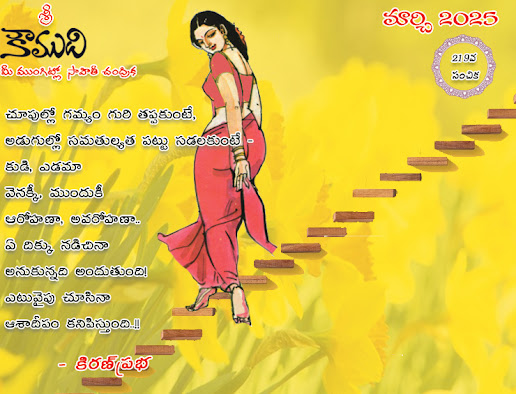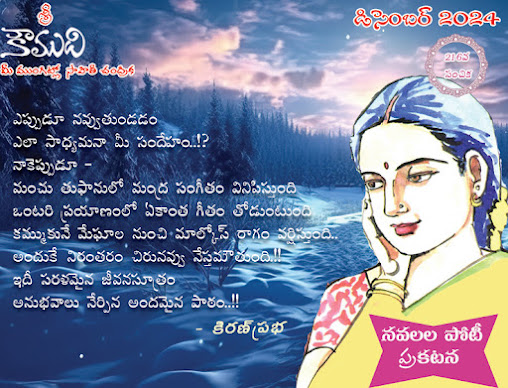Saturday, October 11, 2025
Wednesday, September 03, 2025
Monday, August 04, 2025
Saturday, July 05, 2025
Friday, June 20, 2025
Thursday, May 15, 2025
Monday, April 07, 2025
Monday, March 03, 2025
Monday, February 03, 2025
Monday, January 13, 2025
Sunday, December 01, 2024
Monday, November 04, 2024
Wednesday, October 02, 2024
Tuesday, September 10, 2024
Wednesday, August 21, 2024
Subscribe to:
Comments (Atom)















